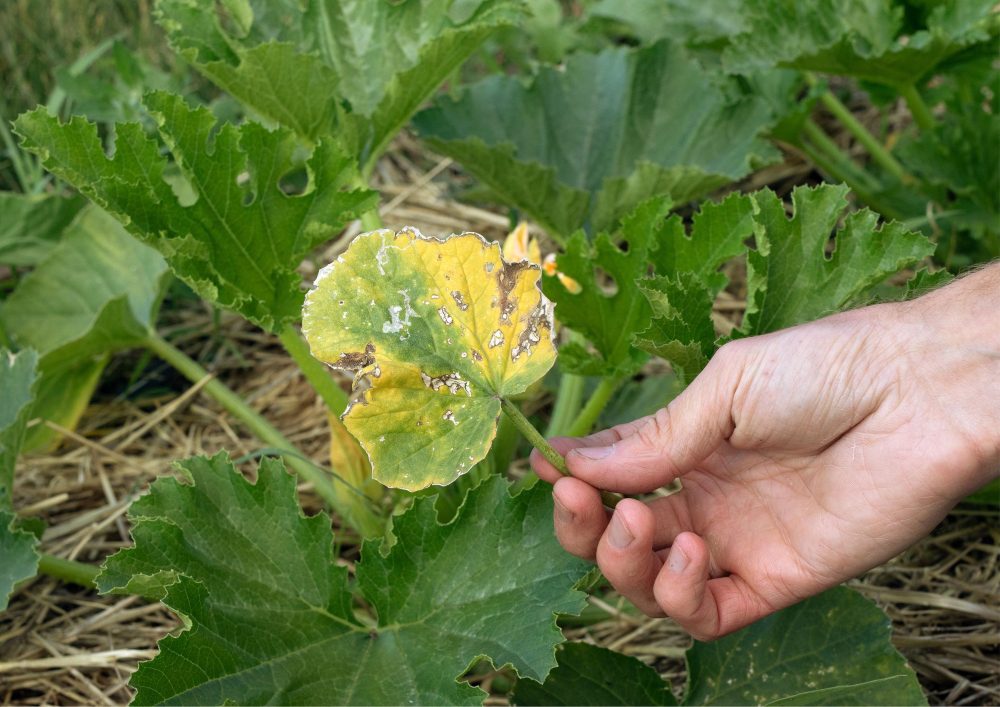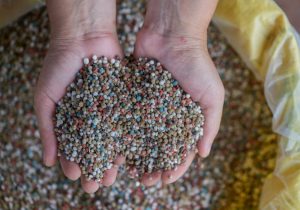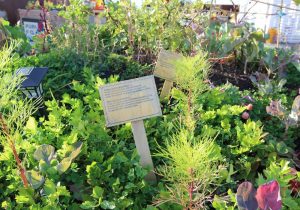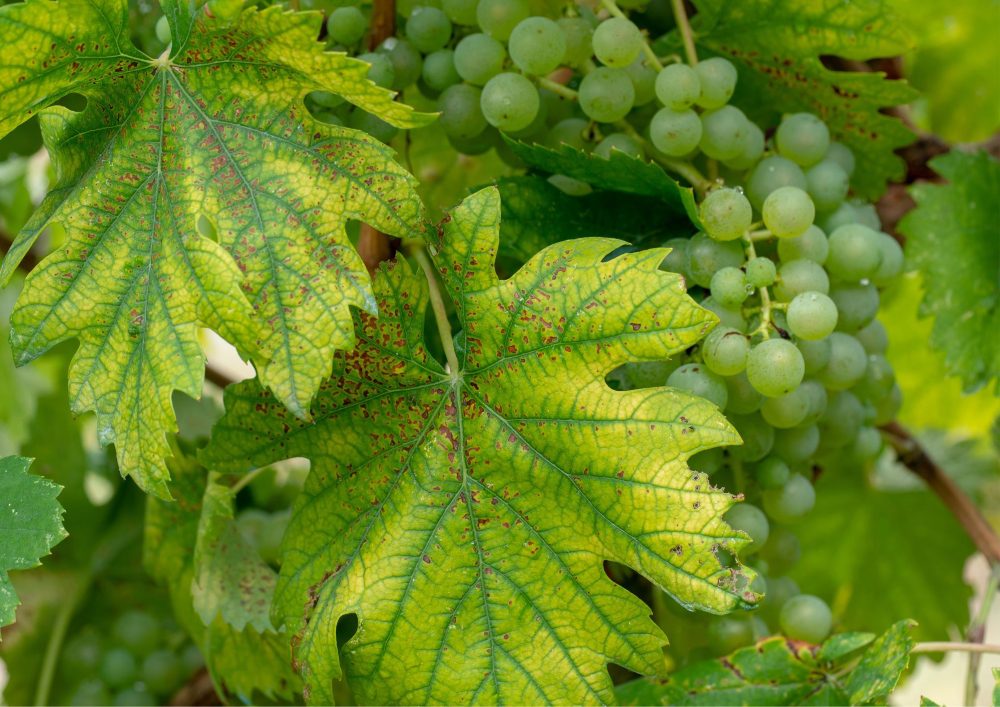
Are your plants showing signs of distress? If your garden needs a health check, this guide is your essential resource for diagnosing sick plants.
Unravel the mysteries of plant ailments. This guide provides a comprehensive approach to identifying and understanding the issues that may be affecting your beloved green companions.
As a plant enthusiast, your desire for a thriving garden is within reach. Explore the expertise shared in this guide in diagnosing sick plants and nurturing them, turning your garden into a flourishing haven.
Ready to take action and rejuvenate your botanical space? Gain the knowledge and confidence needed for diagnosing sick plants. Diagnose, revive, and watch your plants thrive!
Tips and Tricks for Diagnosing Sick Plants
Contents
Explore professional advice and hands-on techniques that enhance your expertise in plant care. Whether it’s recognizing overwatering or addressing nutrient deficiencies, these strategies are tailored to fulfill your plant’s requirements. Be adept in diagnosing sick plants and effectively remedy their ailments.
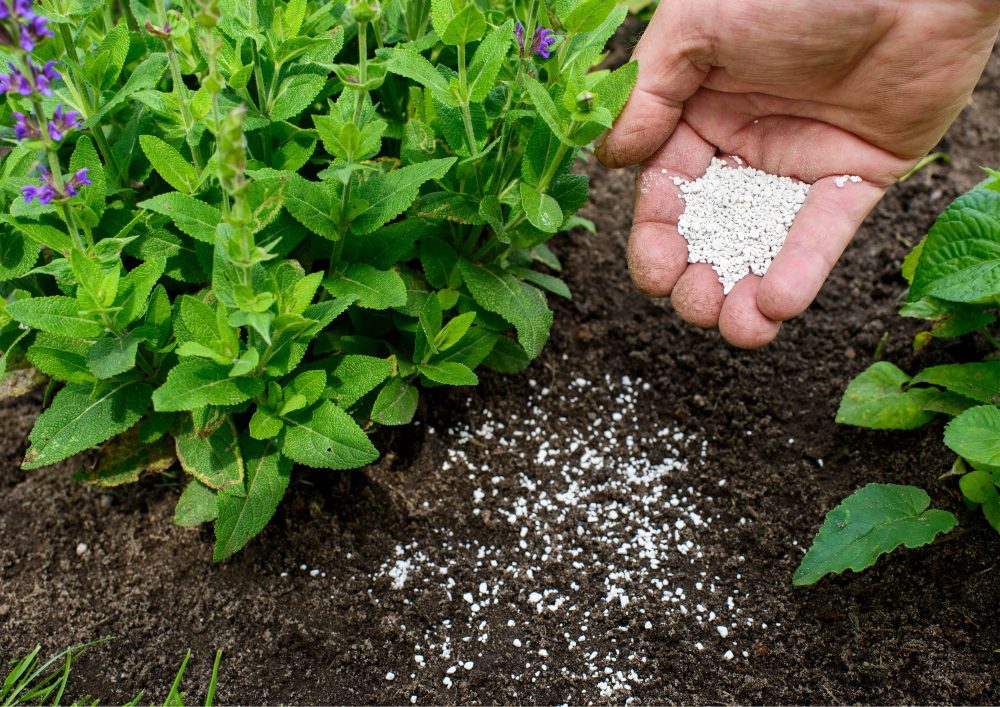
Recognizing Signs of Overwatering
Recognizing signs of overwatering, like persistently wet soil, plant collapse, and root rot, is crucial for plant care. Understand the significance of well-draining soil to prevent root damage and enhance overall plant health.
Caring for Overwatered Plants
To revive overwatered plants, adopt effective strategies. Allow the soil to dry between waterings, promote root oxygenation, and adjust watering frequency based on environmental factors like weather conditions. This proactive approach ensures optimal conditions for plant recovery.
Consider the specific needs of different plant types. Know your plants. Some may thrive with more frequent watering, especially during hot weather, while others, particularly established plants, may require less frequent watering.
Avoiding evening watering is advisable to prevent the extended period of wetness overnight, which can create a conducive environment for fungal growth. Additionally, modify your watering schedule based on weather conditions. Hot and windy weather may require more frequent watering, while cooler or rainy days may reduce the need.
Checking for Poor Drainage
Understand the impact of poor drainage on plant health and learn to identify and address drainage issues. Poor drainage can have detrimental effects on plants, leading to root rot, waterlogged soil, and reduced oxygen availability for roots. In potted plants, improper drainage can be especially challenging as excess water accumulates in confined spaces.
To address poor drainage:
- Identify Signs of Poor Drainage:
- Look for water pooling, slow drainage, or waterlogged soil. Stunted growth and yellowing leaves can also indicate drainage issues.
- Assess Soil Composition:
- Evaluate the soil in both potted plants and garden beds. Compacted or heavy clay soils can contribute to drainage problems.
- Improve Garden Bed Drainage:
- Incorporate organic matter like compost to enhance soil structure. Create channels or use raised beds to encourage water movement away from plant roots.
- Enhance Potted Plant Drainage:
- Choose containers with drainage holes, and use a well-draining potting mix. Elevate pots slightly to allow water to escape freely.
- Install Drainage Systems:
- Consider adding drainage pipes or gravel layers to facilitate water drainage, especially in areas prone to waterlogging.
- Adjust Watering Practices:
- Water plants appropriately, avoiding overwatering, and adjusting watering frequency based on environmental factors.
- Install Raised Beds:
- Create raised beds, especially in areas with poor drainage. Raised beds promote water movement and prevent waterlogging.
- Choose Well-Draining Plants:
- Select plants adapted to your soil type. Some plants are more tolerant of poor drainage than others.
- Use Mulch:
- Apply a layer of mulch around plants. This helps prevent soil compaction and enhances drainage.
Identifying Underwatered Plants
Recognizing visible symptoms in plants with insufficient water – from wilting to browning leaves. Understanding these signs is paramount for diagnosing sick plants. Mastery of proper watering techniques, including thorough drenching and adapting to diverse conditions, ensures your plants receive the hydration they need.
Caring for Underwatered Plants
Rescuing underwatered plants involves providing ample moisture and eliminating dried-out leaves. Employ thorough drenching for potted plants and well-wetting the soil for in-ground ones. Swift action to address dehydration nurtures stressed plants, fostering new growth.
By comprehensively understanding the signs of water deficiency, you empower yourself to rescue and revitalize your plants, ultimately ensuring their sustained health and vitality.
Recognizing Signs of Underfeeding
Decipher the nuanced signals of nutrient deficiency exhibited by plants through telltale signs like yellowing leaves and stunted growth. Uncover the paramount role of periodic fertilization in furnishing your plants with indispensable nutrients, fostering their robust and healthy development.
Caring for Underfed Plants

Navigate the realm of diagnosing sick plants, especially underfed plants, and use swift remedies like the application of water-soluble or liquid fertilizers for an instantaneous nutrient surge. Embrace a strategic and enduring approach in diagnosing sick plants and nurturing them.
Integrate slow-release fertilizers into your plant care regimen, ensuring a continuous and balanced nutrient supply for sustained vitality. Rather than relying on quick fixes, these fertilizers release nutrients gradually over time, providing a steady source of nourishment. This method aligns with a proactive and long-term perspective on plant health, promoting robust growth and resilience.
As you integrate slow-release fertilizers into your routine, you contribute to the overall well-being of your plants, fostering a thriving and enduring botanical environment.
Detecting Signs of Over-Fertilization
Identify indicators of over-fertilization, such as a salty crust on the soil surface and soft, lanky growth. Learn corrective measures, including soil flushing, to address excess nutrient levels and prevent further damage.
Ensuring Adequate Soil Quality
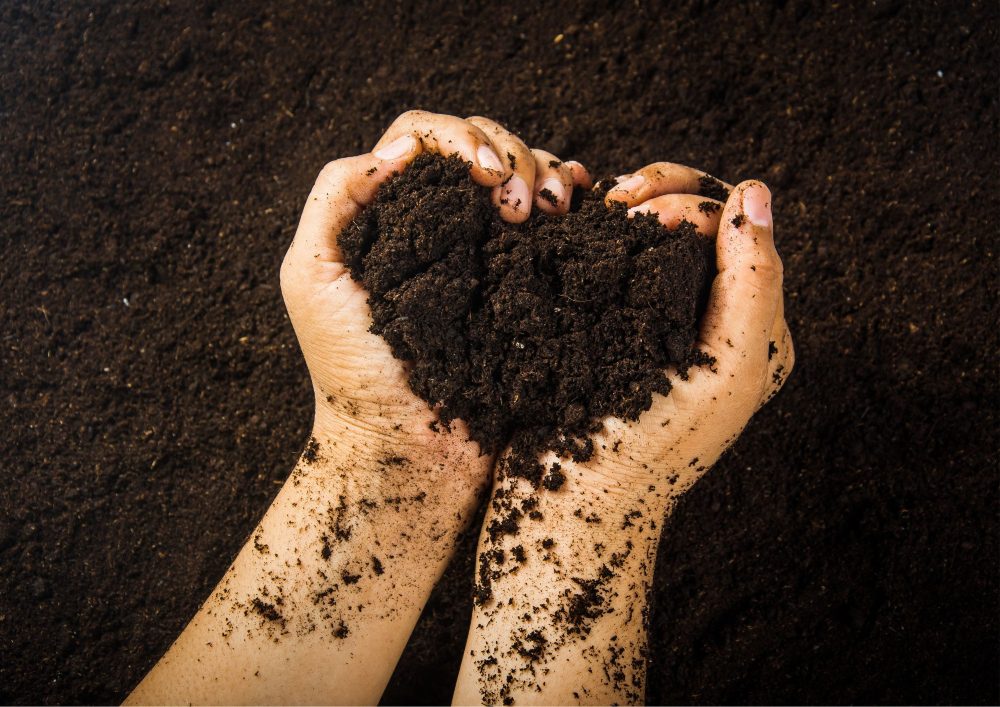
Achieving vibrant plant health hinges on comprehending the pivotal role of soil quality. Get into a treasure trove of techniques for soil enhancement, from the elevated solutions of raised beds to the strategic implementation of planting mounds.
Raised beds, elevated solutions that elevate plants above ground level, provide improved drainage, aeration, and easier access. Complementing this, the strategic implementation of planting mounds facilitates efficient water drainage and soil warming.
Additionally, consider cover cropping, a practice involving planting specific crops to enhance soil fertility naturally. Legumes and clover are perfect examples of cover crops, fixing nitrogen, adds organic matter, and attracts pollinators.
Improving Soil Quality
Tackle head-on the challenges posed by heavy clay or sandy soils, ushering in an optimal environment conducive to robust plant growth.
By undertaking this head-on, you pave the way for creating an environment where plants can thrive, ensuring their roots have the support and resources necessary for optimal development. Implement amendments, such as organic matter or well-composted materials, to improve soil structure and water retention in heavy clay soils.
In sandy soils, incorporate organic matter to enhance water and nutrient retention. Embrace soil conditioning practices that mitigate compaction, encourage aeration, and establish an equilibrium that cultivates an ideal foundation for flourishing plant life.
Monitoring Pests and Diseases
In your journey to cultivate a thriving garden, it’s imperative to develop a discerning eye for common pests and diseases that can jeopardize your plants’ well-being.
Embrace preventative strategies that form a formidable defence against pests and diseases. Protect your plants and also contribute to the overall ecological balance of your garden.
Protecting Plants from Pests and Diseases
Regularly inspecting or diagnosing sick plants is an invaluable habit that allows you to catch subtle signs of trouble before they escalate. This proactive stance ensures early intervention, a key factor in maintaining optimal plant health.
Check for chewed, discolored, or distorted leaves. Holes, spots, or webbing are often indicative of insect activity. When it comes to pest and disease control, prioritize natural or organic solutions that resonate with the ethos of your garden.
After diagnosing sick plants, establish a regular spray program and properly dispose of infected material to safeguard plants from potential threats. Also, discard affected plant parts away from healthy ones. This crucial practice minimizes the risk of disease or pest transmission to unaffected plants.
It underscores the significance of managing plant ailments to sustain a flourishing environment. Through this intentional separation, the risk of contagion is diminished, ensuring the continued vitality of each plant and fostering a garden where health is prioritized and potential threats are mitigated.
Additional Reminders
Diagnosing sick plants can be a challenging but crucial aspect of successful gardening. Here are some more tips to help you identify and address issues with your plants:
1. Check Soil Moisture:
In the process of diagnosing sick plants, a fundamental step involves gauging the moisture content of the soil. Employ a hands-on approach by gently inserting your finger into the soil.
If the soil registers as excessively dry, it raises concerns about potential dehydration, a condition that can contribute to various plant health issues.
2. Examine Roots:
Gently remove the plant from its pot and inspect the roots. Healthy roots are firm and white. Mushy or discoloured roots may indicate overwatering or root rot.
3. Evaluate Light Conditions:
Ensure your plant is receiving the right amount of light. Yellowing or leggy growth may indicate insufficient light, while scorched leaves can result from too much light.
4. Examine New Growth:
In the context of diagnosing sick plants, it is crucial to closely observe the emergence of new leaves. The growth patterns of these nascent foliage can serve as invaluable indicators of potential issues affecting the overall health of your plants.
Unusual discolouration or stunted development, these observable traits serve as early warning signs for vigilant gardeners. This proactive approach, rooted in a keen understanding of growth patterns, enables swift interventions to address underlying problems before they escalate.
Distorted or stunted growth in newly developing leaves often signals the presence of pests or diseases.
5. Consider Environmental Factors:
Temperature fluctuations, drafts, and sudden changes in humidity can stress plants. Ensure your plant is in a stable environment.
6. Check for Mould or Mildew:
When diagnosing sick plants, look for white, powdery mildew or fuzzy mould on leaves that could indicate a humidity issue. Improve ventilation and reduce humidity if necessary.
7. Review Water Quality:
Poor water quality can harm plants. If using tap water, be aware of chlorine or mineral content. Consider using filtered or distilled water.
8. Keep Records:
Maintain a gardening journal to track changes in your plants. Note when issues started and any changes you’ve made.
Remember, early detection and intervention are key to successfully treating sick plants. Regularly monitoring and diagnosing sick plants will contribute to the overall health of your garden.
The Wrap Up
This serves as your guide through the nuanced process of diagnosing sick plants and eventually nurturing them. The guide adeptly combines expert tips and practical advice, empowering you to identify common issues such as overwatering, poor drainage, nutrient deficiencies, and pest infestations.
With a focus on holistic plant care, this emphasizes the importance of soil quality, proper watering techniques, and the strategic use of fertilizers. The guide advocates for organic and natural approaches to pest and disease control, fostering a harmonious relationship between plants and their environment.
By proactively identifying and addressing issues, you lay the foundation for a thriving green environment. Your commitment to attentive monitoring and diagnosing sick plants ensures the well-being of your plants, fostering a vibrant and healthy botanical space.
Ready yourself for the rewarding journey of nurturing your plants, fostering growth, and creating a harmonious ecosystem where each plant can flourish. The art of diagnosing sick plants is not just a task; it’s a commitment to cultivating a thriving, resilient, and beautiful botanical haven.
Are you excited to delve into the world of plant care? Prepare to witness the transformative impact of your dedicated efforts on the lush, green tapestry around you.
Frequently Asked Questions
1. What are common signs to look for when diagnosing sick plants?
When diagnosing sick plants, look for symptoms like yellowing leaves, wilting, unusual spots, or abnormal growth patterns as indicators of plant health issues.
2. How do you diagnose overwatering in plants?
Overwatering signs include waterlogged soil, wilting despite moist soil, and yellowing leaves. Check the soil moisture and drainage to confirm.
3. How can you tell if the plant has a pest problem?
Inspect leaves, stems, and the soil for visible pests like insects or webs. Look for distorted leaves or abnormal growth as potential signs of pest infestation.

